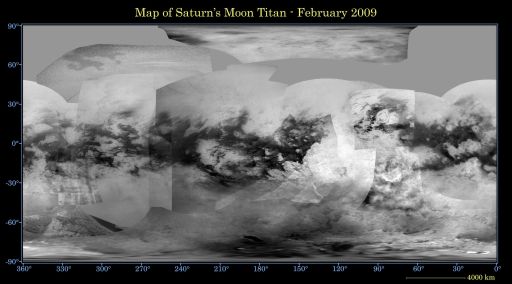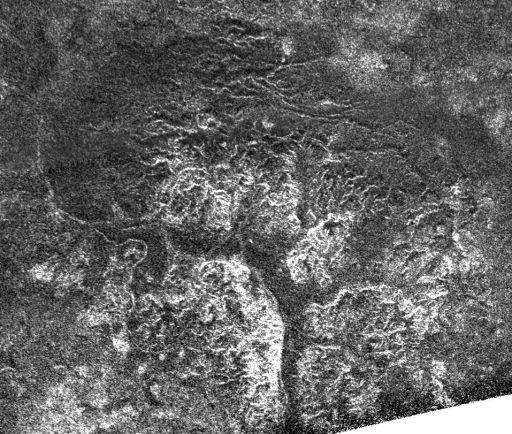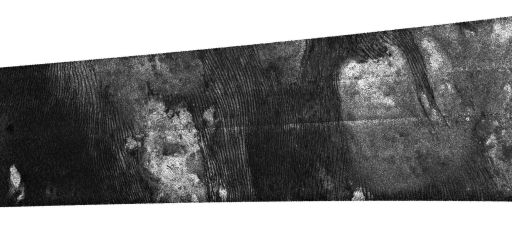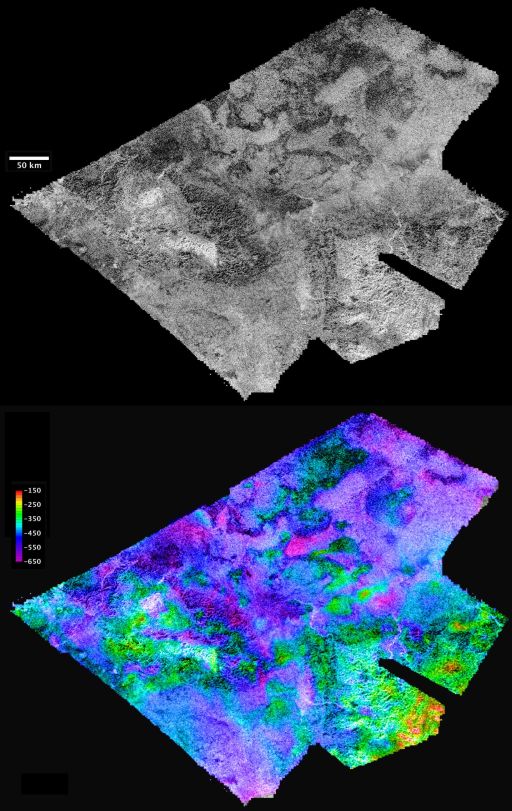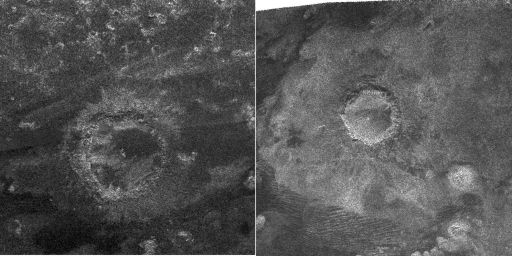Elizabeth "Zibi" Turtle • Jul 15, 2009
Why Titan is so exciting
by Zibi Turtle
Just over five years ago, on 30 June 2004, the Cassini orbiter and the Huygens probe it was delivering to Titan went into orbit around Saturn and began detailed exploration of the Saturnian system. Over this time more and more of the surface of Saturn's moon Titan has been covered by the suite of complementary instruments, and as we learn more Titan becomes increasingly intriguing.
Let’s Go Beyond The Horizon
Every success in space exploration is the result of the community of space enthusiasts, like you, who believe it is important. You can help usher in the next great era of space exploration with your gift today.
Donate Today

 Explore Worlds
Explore Worlds Find Life
Find Life Defend Earth
Defend Earth


